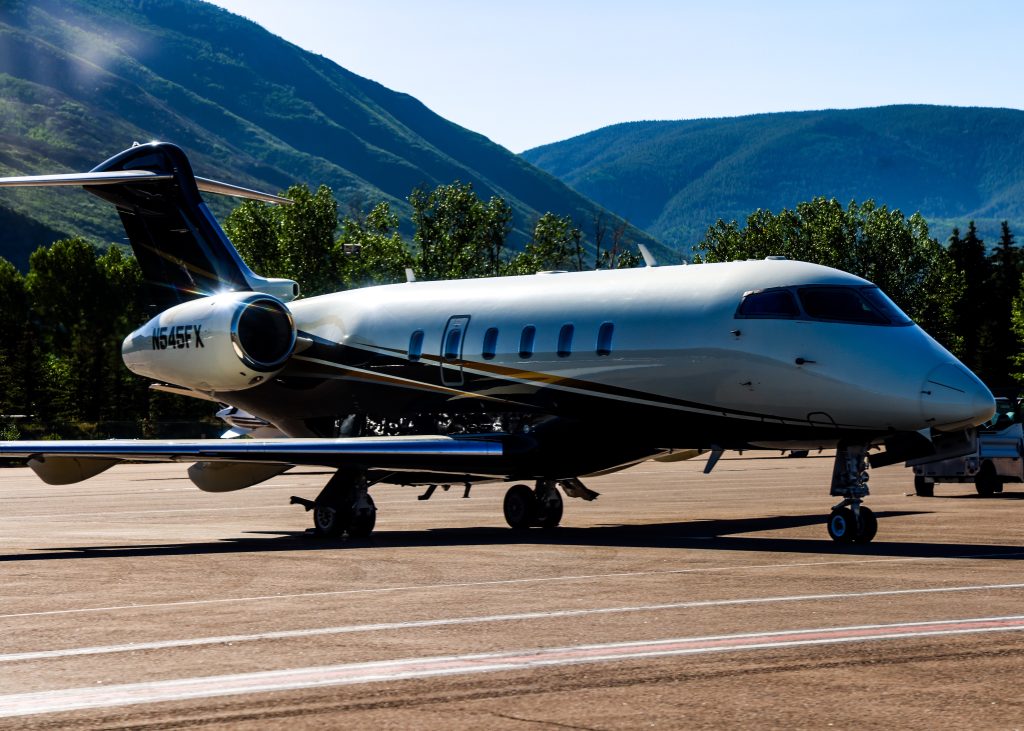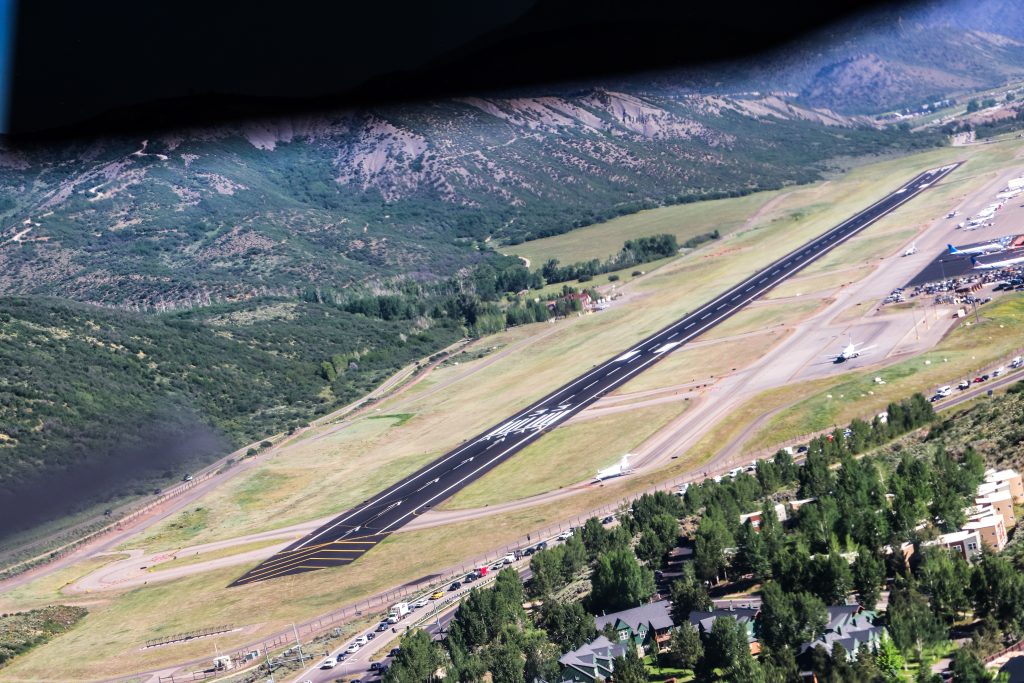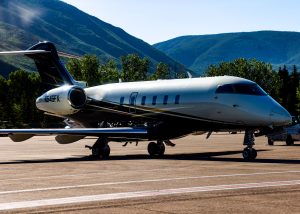Aspen airport sees more delays, cancellations in wake of new wind-reporting policy
‘Abnormally windy’ summer also contributed

Austin Colbert/The Aspen Times
A change from instantaneous wind-speed reporting to average wind-speed reporting aligned with a higher rate of flight delays, diversions, and cancellations this summer at the Aspen/Pitkin County Airport.
Following a safety investigation, the Federal Aviation Administration control tower at the Aspen airport reportedly offered pilots with average wind speed this summer — taking the mean of wind speed over a time period, including gusts and lulls — which affected delays, diversions, and cancellations, according to airport officials. In the past, the control tower offered instantaneous wind speed, or the speed at a single moment, in addition to average wind speed.
Most aircraft have a “tailwind restriction” of 10 to 15 knots, which dictates the tailwind speed in which a pilot can safely take off or land. This restriction remains consistent regardless of the method of wind speed reporting, according to Bill Tomcich, consultant with Fly Aspen Snowmass and managing partner at Air Planners Inc.
But the change from instantaneous to average wind speed reporting at the Aspen airport, combined with abnormal summer weather, contributed to delays and cancellations.
“The abnormally high number of cancellations — diversions, delays, and cancellations — was because it was a combination of the higher winds that we had this summer along with the change in reporting of those wind speeds,” Tomcich said.
Between June, July, and August of this year, planes had a completion rate — successfully completing a scheduled flight to or from Aspen — an average of 94.4% of the time. That’s compared to a completion rate of 97.5% in the four preceding years, with an average of 96.9% in 2024, 98.3% in 2023, 97.7% in 2022, and 97.1% in 2021, according to Tomcich.
The change to the wind reporting comes after a private plane overran the end of the runway in a high tailwind while attempting to take off from Aspen in February 2022. According to an August 2024 National Transportation Safety Board investigation, “the flight crew … initiated the takeoff based on an unsolicited instantaneous wind report from the ASE ATC tower controller.”
The report states that the flight crew interpreted the instantaneous wind speed of 10 knots as the constant wind conditions.
“The instantaneous wind measurement was recorded by the airport’s standalone weather sensor during an apparent lull in the gusting wind conditions and was not representative of other wind reports the flight crew received during the 30-minute period before takeoff,” the report states. “These reports indicate wind speeds as high as 18 kts gusting to 30 kts.”
Just before the tower controller provided an instantaneous wind speed report, it provided a two-minute average of wind speeds at 16 knots gusting up to 25 knots, according to the report.

The pilot could not successfully get the aircraft to “rotate” — or to raise its nose — and overran the end of the runway, causing substantial damage to the aircraft, according to the report. None of the aircraft’s six occupants were injured.
Following the August 2024 investigation, the National Transportation Safety Board recommended the FAA “define the term ‘instantaneous wind’ and develop guidance for pilots on proper use of an instantaneous wind report in operational decision-making.”
Sunrise Rundown: Headlines. Breaking News. Local Updates.
Get your essential news every weekday from The Aspen Times—start your day informed.
Sign up for the Sunrise Rundown at AspenTimes.com/newsletter
This summer’s change to Aspen airport wind reporting means airplanes must wait for an average favorable wind report before taking off or landing. Tomcich reiterated, however, that the abnormal weather was a major factor in the delays.
“It wasn’t just because of the reporting of the wind speeds,” he said. “Meteorologically, it was a hot and windy summer, and so it was the fact that we had unusual weather combined with the change to ensure that the maximum tailwind component of all aircraft operating in or out of ASE is not exceeded.”
Skyler Stark-Ragsdale can be reached at 970-429-9152 or email him at sstark-ragsdale@aspentimes.com.
Aspen airport sees more delays, cancellations in wake of new wind-reporting policy
A change from instantaneous wind-speed reporting to average wind-speed reporting aligned with a higher rate of flight delays, diversions, and cancellations this summer at the Aspen/Pitkin County Airport.










